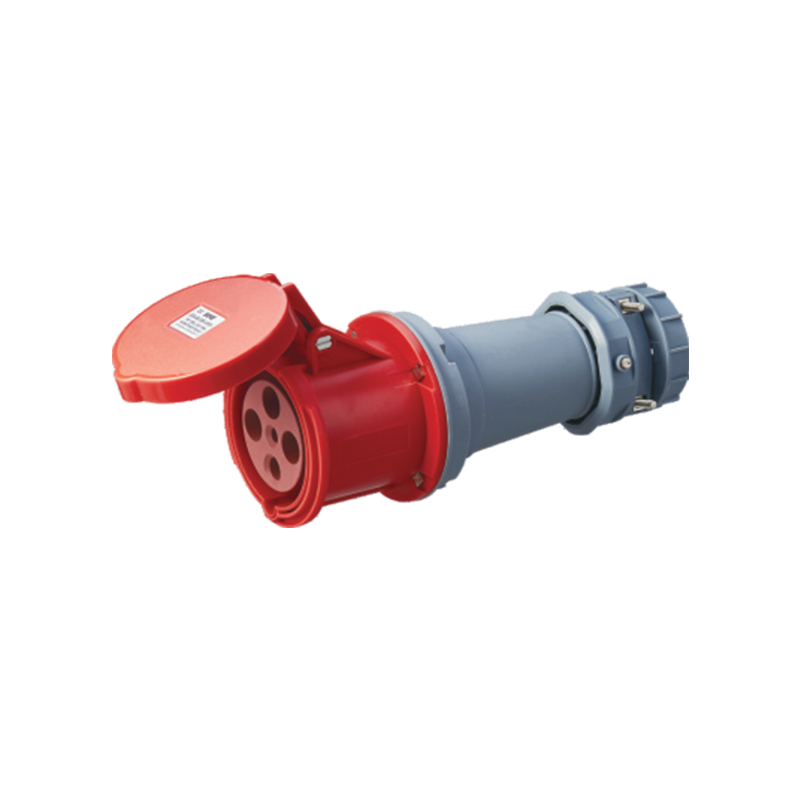Address: No. 199, Weiwu Road, Yueqing Economic Development Zone, Zhejiang Province, China.
Replacing electrical outlets is a task that many homeowners can tackle themselves, provided they follow safety protocols and understand the basic principles of electrical work. Whether you're upgrading to a heavy duty electrical socket or replacing an old, worn-out outlet, this guide will walk you through the essential steps.
Understanding Electrical Outlets
Electrical outlets, also known as receptacles, are designed to provide power to various devices and appliances. They come in different types, including standard, heavy duty, and specialized varieties such as GFCI outlets for wet areas. A heavy duty electrical socket is ideal for appliances that require more power, such as power tools, refrigerators, and other high-demand devices.
Safety one
Before beginning any electrical work, safety should be your top priority. Turn off the power to the outlet at the circuit breaker. Use a voltage tester to ensure the outlet is not live. Wear insulated gloves and, if necessary, goggles to protect yourself from potential hazards.
Tools You Will Need
To replace an electrical outlet, gather the following tools and materials:
- Screwdriver (flathead and Phillips)
- Wire cutters/strippers
- Voltage tester
- Electrical tape
- A heavy duty electrical socket (if upgrading)
- A waterproof electrical connection box (if necessary)
Step-by-Step Guide to Replacing an Outlet
1. Remove the Old Outlet:
Once you've ensured the power is off and the outlet is not live, unscrew the outlet cover plate and remove it. Next, unscrew the outlet from the electrical box. Carefully pull the outlet out of the box to expose the wires.
2. Take Note of Wiring:
Before disconnecting any wires, take a picture or make a note of how the wires are connected to the outlet. This will be helpful when connecting the new outlet. Typically, there will be a black (hot) wire, a white (neutral) wire, and a green or bare (ground) wire.
3. Disconnect the Wires:
Use your screwdriver to loosen the terminal screws and disconnect the wires from the old outlet. If the wires are attached using push-in terminals, you may need to press the release tab to remove them.
4. Prepare the New Outlet:
If you are using a heavy duty electrical socket, ensure that it is rated for the amperage of your circuit. Strip about 3/4 inch of insulation from the ends of each wire using wire strippers.
5. Connect the Wires:
Attach the wires to the new outlet according to your notes. The black wire connects to the brass terminal, the white wire connects to the silver terminal, and the green or bare wire connects to the green terminal. Ensure that all connections are tight and secure.
6. Install a Waterproof Electrical Connection Box:
If your outlet is located in an area where it may be exposed to moisture, it is advisable to use a waterproof electrical connection box. This box will protect the electrical connections from water ingress and enhance safety. Follow the manufacturer's instructions for installation, ensuring that all connections remain secure and compliant with local electrical codes.
7. Reassemble and Test:
Once everything is connected, carefully push the new outlet back into the electrical box, ensuring no wires are pinched. Secure it with screws and replace the cover plate. Turn the power back on at the circuit breaker and test the outlet using a voltage tester to confirm it's functioning properly.
Tips for Maintenance and Safety
Regularly inspect your electrical outlets for any signs of wear, discoloration, or damage. If you notice anything unusual, it may be time to replace the outlet. Ensure that heavy duty electrical sockets are not overloaded, and always use appliances within the manufacturer's specified ratings.
Replacing an electrical outlet can be a straightforward process if you follow the necessary precautions and steps. Whether you choose a standard or heavy duty electrical socket, understanding the wiring and ensuring proper installation is crucial for safety and functionality. By using a waterproof electrical connection box in appropriate locations, you can further enhance the durability and safety of your electrical installations. Always remember to prioritize safety and consult a professional if you are unsure about any aspect of electrical work.







